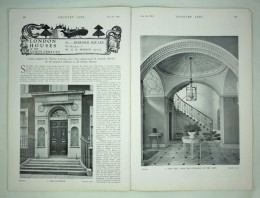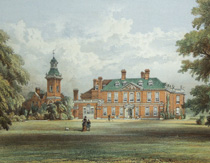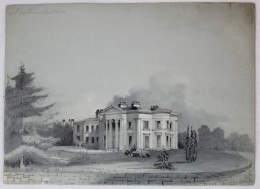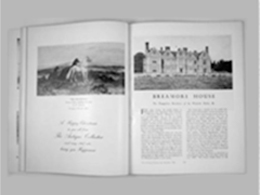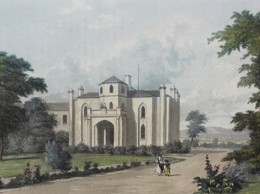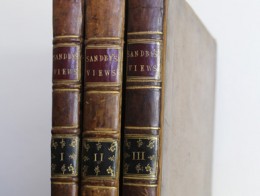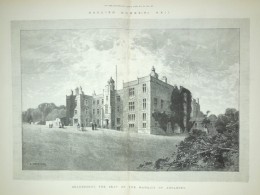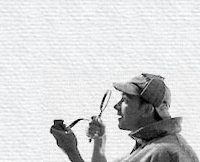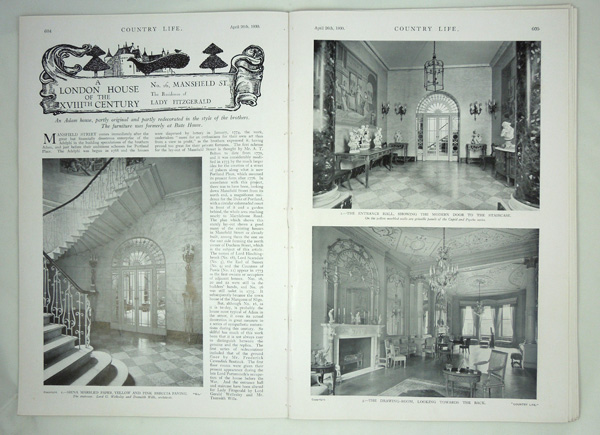
Robert Adam (1728-1792) and James Adam (1732-1794)
Born in Kirkaldy to the architect and entrepreneur William Adam, Robert and his younger brother James would rise to become the most famous and influential architects of their time to such an extent that the “Adams Style” they created would influence building the world over.
Robert, known as a sickly child, started his studies in Latin at the age of 6 and would read the works of Horace, Virgil and Cicero. Undoubtedly this introduction to the classical would leave an impression on the young Robert that would guide his thoughts and style later in life.
In 1773 Robert would begin his studies at Edinburgh University only to have them cut short by the Jacobite Revolution of 1775. This event would benefit the Adam family greatly as William Adam’s roll on the Board of Ordnance would secure them lucrative contracts, as after the failed revolution Scotland would undergo a period of re-fortification. This roll would be inherited by the eldest of the William Adam’s sons John in 1778 after his death and he would immediately take his younger brother Robert on in partnership, with their younger brother following on shortly joining the family business.
After completing his first major works at Dumfries House, Robert accompanied by his brother James 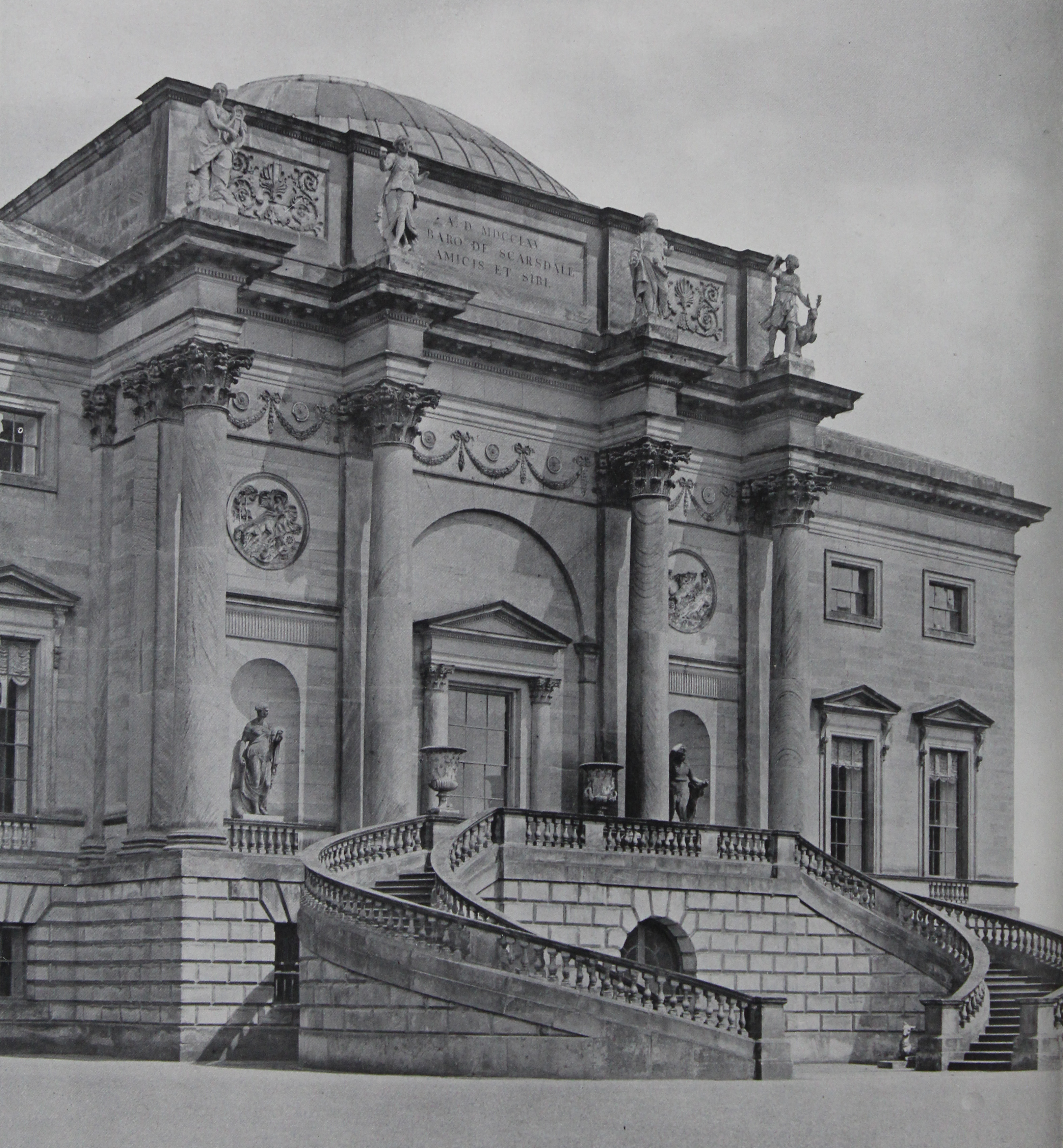 embarked on a Grand Tour in 1754. James would only accompany his brother as far as Brussels, returning to work on Gunsgreen house for the notorious merchant and smuggler John Nisbet in 1755. Robert however would continue his tour for four years and learn from the like of Giovanni Battista Piranesi and Charles-Louis Clérisseau. Robert would also meet and be influenced by the Neo-classicist Johann Joachim Winckelmann during his stay in Rome.
embarked on a Grand Tour in 1754. James would only accompany his brother as far as Brussels, returning to work on Gunsgreen house for the notorious merchant and smuggler John Nisbet in 1755. Robert however would continue his tour for four years and learn from the like of Giovanni Battista Piranesi and Charles-Louis Clérisseau. Robert would also meet and be influenced by the Neo-classicist Johann Joachim Winckelmann during his stay in Rome.
Robert would return in 1758 and with the financial aid of his elder brother John, he would establish a practice with James in London. An invitation would come in that same year from Lord Scarsdale, to attend Kedleston Hall where the Lord was currently having a house built by James Stuart. After Robert described Stuart’s designs as “so excessively and ridiculously bad they beggared all description” the Lord dismissed Stuart and gave the job of finishing the house to Robert and his brother James. This would be the birth of the Adams style.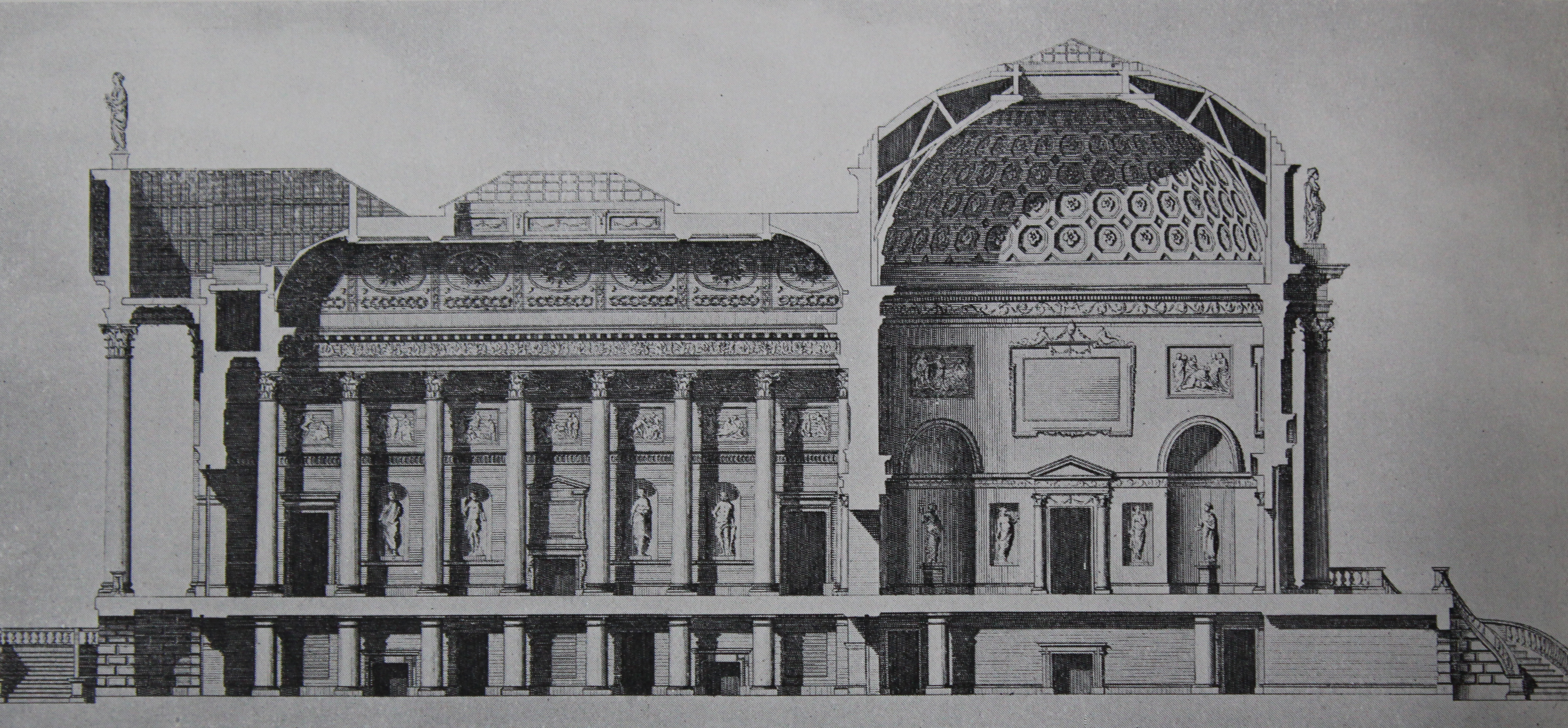 With Roberts’s theory of “movement” in the exterior design and their idea of a completely coherent interior the brothers would design buildings down to the most minute of details including carpets, furniture and even door handles. Lavish plasterworks like those at Harewood house painted in the newly available pastel colours of the time and cartouches painted by Antonio Zucchi and Angelica Kauffman would form interiors that Sir John Soane would describe as “light and fanciful”.
With Roberts’s theory of “movement” in the exterior design and their idea of a completely coherent interior the brothers would design buildings down to the most minute of details including carpets, furniture and even door handles. Lavish plasterworks like those at Harewood house painted in the newly available pastel colours of the time and cartouches painted by Antonio Zucchi and Angelica Kauffman would form interiors that Sir John Soane would describe as “light and fanciful”.
Robert and James would narrowly avoid bankruptcy when their most speculative venture The Adelphi suffered collapse during the 1772 credit crisis. Only partially completed, very little survives today except for the notable home of the RSA.
In an effort to cover loses of this massive failure and rebuild their reputation, the brothers would publish the first volume of their “Works in Architecture” in 1773 followed by a second volume in 1778. These publications would become a palette for future designers of “total interior” and re-establish the brother’s reputation.
 Robert would carry on working right up until his death in 1792 and James also until his death two years later. Very few people have ever had a style named after them but these Scottish brothers not only created a style but also an era that would bear their name Adam.
Robert would carry on working right up until his death in 1792 and James also until his death two years later. Very few people have ever had a style named after them but these Scottish brothers not only created a style but also an era that would bear their name Adam.

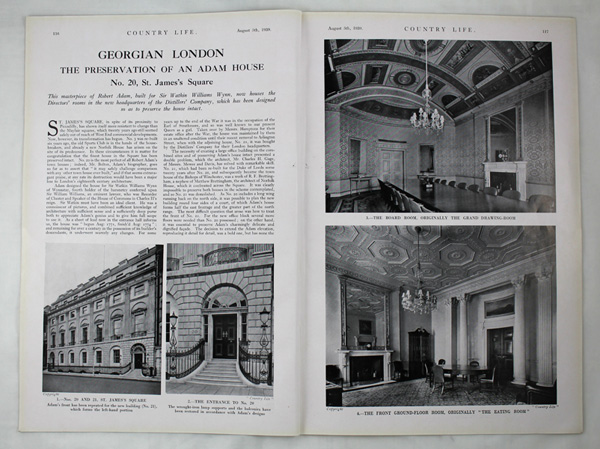
20, St James's Square, The Preservation of an Adam House
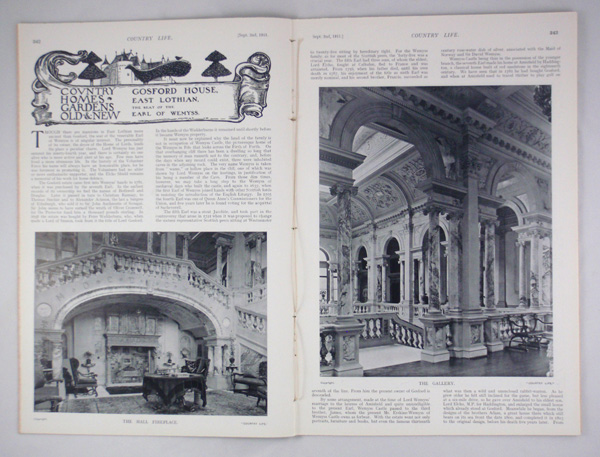
Gosford House, The Seat of The Earl of Wemyss
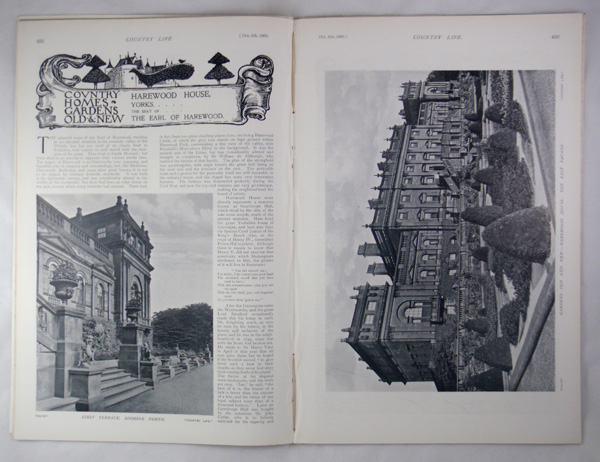
Harewood House
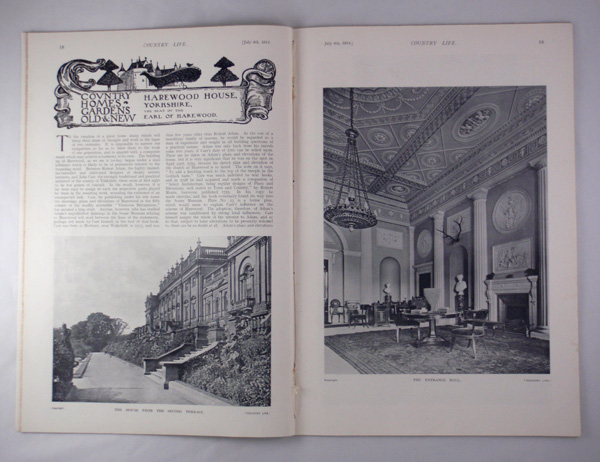
Harewood House,The Seat of the Earl of Harewood

Hatchlands, The Seat of Mr. H. S. Goodhart-Rendel
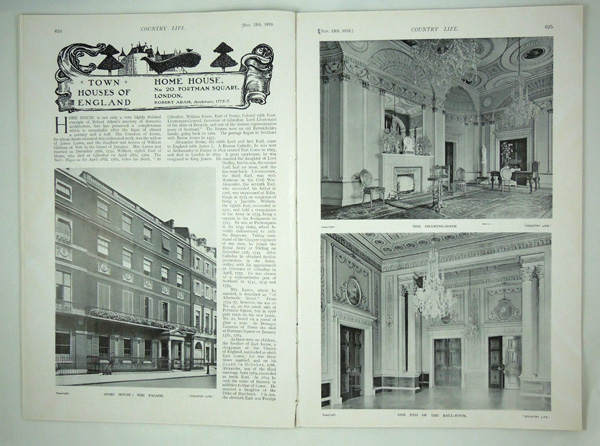
Home House, No 20 Portman Square, Robert Adam Architect
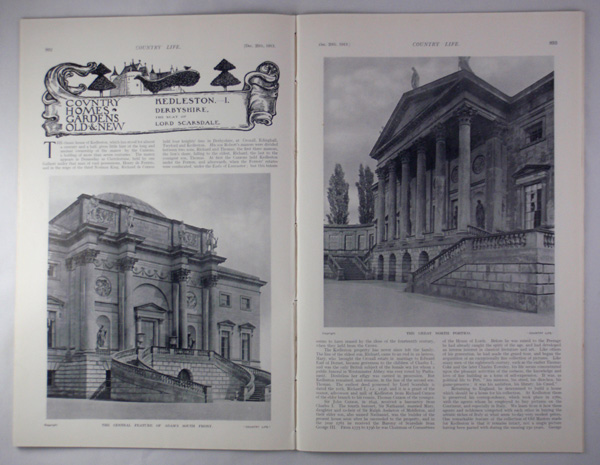
Kedleston (Part 1), The Seat of Lord Scarsdale
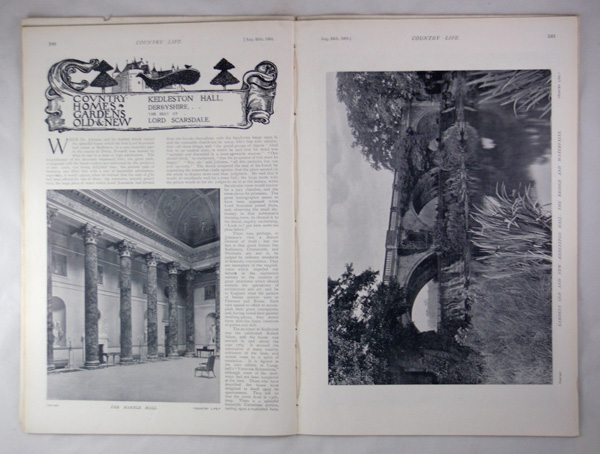
Kedleston Hall, the Seat of Lord Scarsdale
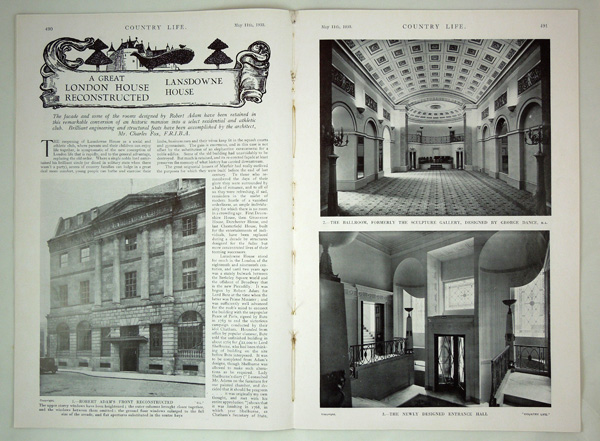
Lansdowne House in London

Newby Hall The Seat of Mr C Vyner

Newby Hall, The Seat of Mr R. De Grey Vyner


